The U.S. Food and Drug Administration (FDA) and the Centers for Disease Control and Prevention (CDC) advise that central nervous system (CNS) depressants such as sedative hypnotics and benzodiazepines may potentiate respiratory depression associated with opioids. As a result, clinicians should carefully weigh whether benefits outweigh risks of concomitant use of these medications.
According to the Medical Board of California, California law requires that physicians offer a prescription for naloxone to the patient when one or more of the following conditions are present:
- The dosage of the opioid medication is ≥90 MMEs/day.
- An opioid is prescribed concurrently with benzodiazepine (within a year from the date the benzodiazepine was dispensed); or
- The patient presents with an increased risk for opioid overdose given medical history.
PLEASE NOTE: Concomitant prescribing of opioids and sedative hypnotics or benzodiazepines should be reserved for patients for whom alternative treatment options are inadequate.
When appropriate, please consider the following:
- Utilize shared decision making and motivational interviewing tools to discuss treatment options with your patients and optimize their therapy by using a multimodal approach.
- Collaborate with patients on developing a plan to taper/discontinue sedative hypnotic, benzodiazepine and/or opioid therapies to improve the safety of their drug regimen.
- Integrate cognitive behavioral therapies for insomnia (CBT-I), nonopioid pain therapies and treatment for comorbid mental health conditions before and during taper. Doing so can help manage a patient’s pain, strengthen the therapeutic relationship between the clinician and patient, and improve the likelihood of positive tapering outcomes.
- Supply a naloxone prescription and educate patients and their caregivers about rescue use.
Please refer to the following resources for additional information:
As always, thank you for your continued partnership! We appreciate you and the quality health care that you provide to our members and community!


